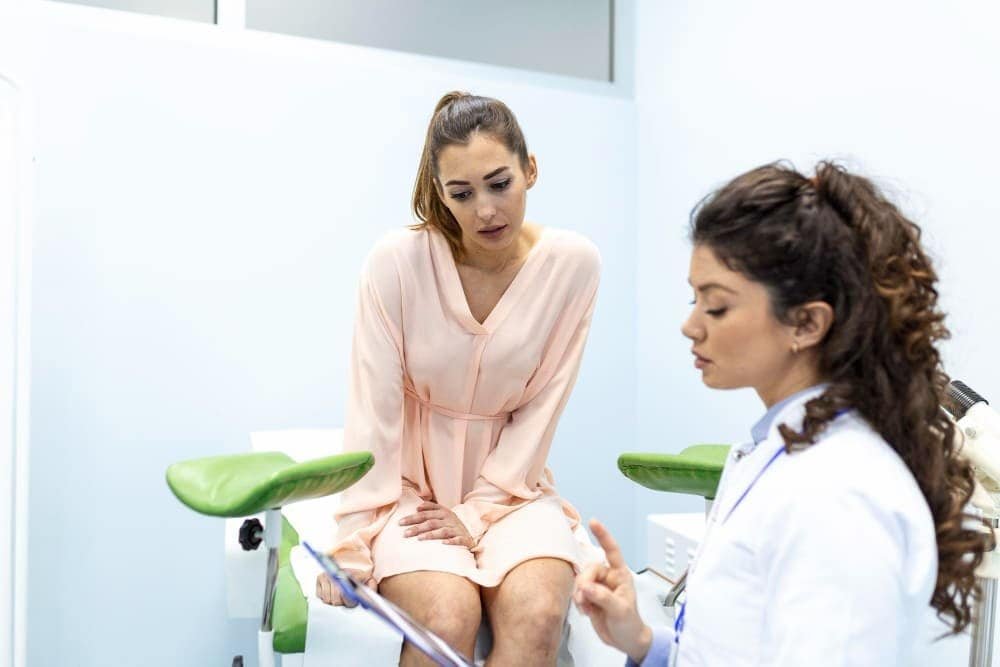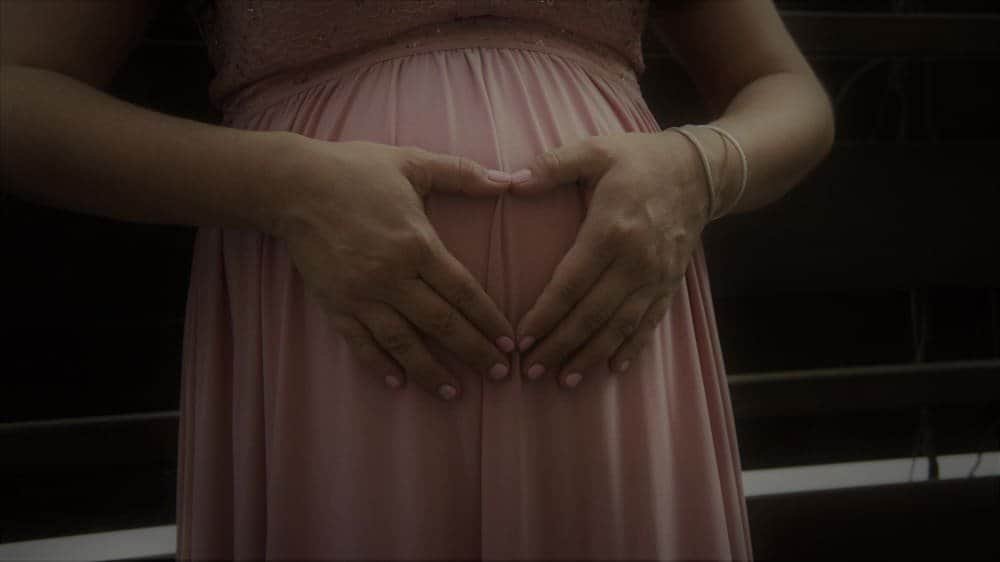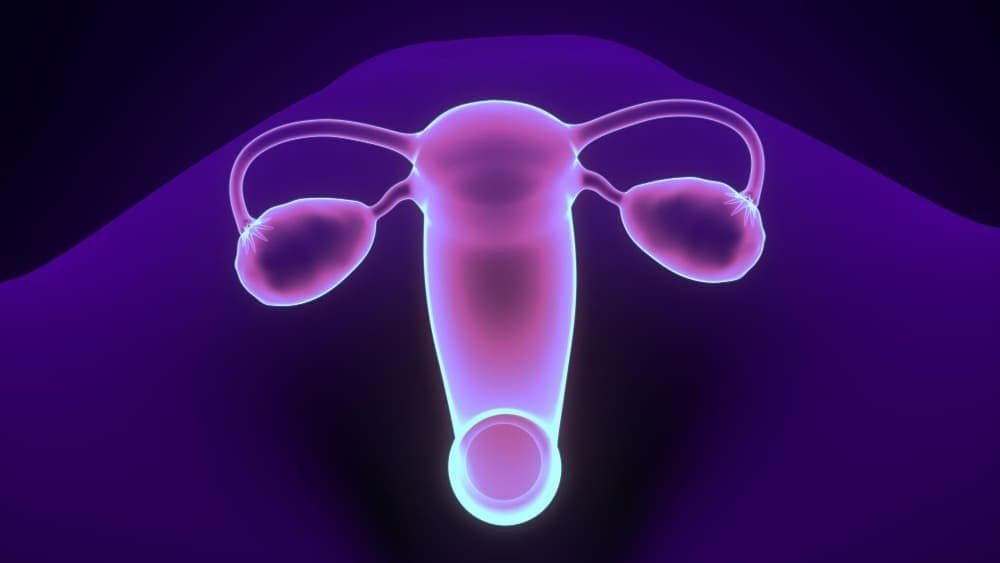Hysterectomy—surgical removal of the uterus—is one of the most common gynecological procedures worldwide. But what’s the number one reason women undergo it? Let’s explore the facts, possible causes, and modern alternatives that can save the uterus. 🌸

Understanding Hysterectomy
A hysterectomy is a major surgical procedure that removes the uterus and, in some cases, the cervix, ovaries, and fallopian tubes. It’s performed for various gynecological health conditions, ranging from benign growths to cancer.
There are 5 types of hysterectomy:
- Total hysterectomy – removes the uterus and cervix.
- Subtotal (partial) hysterectomy – removes only the uterus, leaving the cervix.
- Radical hysterectomy – removes the uterus, cervix, part of the vagina, and surrounding tissues (often for cancer).
- Vaginal hysterectomy – performed through the vagina.
- Laparoscopic hysterectomy – minimally invasive, using small incisions and a camera.
What Is the Most Common Reason for a Hysterectomy?
Uterine Fibroids: The Leading Cause
The most common reason for a hysterectomy is uterine fibroids—noncancerous growths that develop in the wall of the uterus. These benign tumors can range in size from tiny nodules to large masses that distort the womb.
Why fibroids lead to hysterectomy:
- Heavy periods and abnormal bleeding that cause anemia
- Pelvic pain or pressure on the bladder and bowel
- Fertility problems or pregnancy complications
- Rapid growth or large size
Fibroids are extremely common—affecting up to 70% of women by age 50—and they can develop earlier, with some women in their 30s or 40s experiencing severe symptoms.
Other Common Reasons for Hysterectomy
While fibroids top the list, there are several possible causes for hysterectomy:
1. Abnormal Uterine Bleeding
Heavy, prolonged, or irregular menstrual periods that don’t respond to medical treatment can significantly affect quality of life. Causes include hormonal imbalances, endometrial disorders, or adenomyosis.
2. Uterine Prolapse
When the uterus slips down into the vaginal canal due to weakened pelvic muscles, it can cause pain, urinary issues, and discomfort during daily activities. This condition is more common after multiple vaginal births or in postmenopausal women.
3. Endometriosis and Adenomyosis
- Endometriosis occurs when endometrial-like tissue grows outside the uterus, causing chronic pelvic pain.
- Adenomyosis happens when the same type of tissue grows into the uterine muscle, leading to heavy bleeding and cramping.
In severe cases, when symptoms don’t respond to treatment, hysterectomy may be considered—but it’s not the only option.
4. Gynecological Cancers
Cancers of the uterus, cervix, ovaries, or fallopian tubes may require hysterectomy as part of treatment. While less common than benign causes, cancerous growths are a serious reason for surgical removal.
5. Chronic Pelvic Pain
Long-term pelvic pain that’s resistant to other treatments may lead doctors to recommend hysterectomy. Causes include inflammatory disease, scar tissue, or multiple coexisting conditions.
Signs You May Need a Hysterectomy
- Severe pelvic pain that affects daily life
- Prolapsed uterus with severe symptoms
- Cancer diagnosis involving reproductive organs
- Excessive or abnormal bleeding despite medical treatment
- Fibroids large enough to cause bladder or bowel pressure
The Downside of Hysterectomy
While hysterectomy can be life-changing for women with severe symptoms, it’s still major surgery with risks and long-term effects:
- Surgical risks: infection, bleeding, damage to nearby organs
- Hormonal changes if the ovaries are removed (early menopause)
- Possible hysterectomy side effects: hot flashes, mood changes, sexual function changes
- Emotional impact: Some women feel a sense of loss after the removal of the womb
- Recovery time: weeks to months before full activity
Why Uterine Artery Embolization Is a Safer Alternative
For women with fibroids, especially those who want to avoid a hysterectomy, uterine artery embolization (UAE) offers a minimally invasive solution.
How it works:
- Performed by an interventional radiologist through a tiny incision in the wrist or groin.
- A catheter guides small particles into the uterine arteries, cutting off the blood supply to fibroids.
- Fibroids shrink naturally over time, and symptoms like heavy bleeding and pelvic pressure improve.
Benefits of the UAE:
- Treats multiple fibroids at once
- Avoids the risks of major surgery
- Preserves the uterus and fertility potential 💗
- Short recovery time (days instead of weeks)
- Highly effective for women suffering from symptomatic fibroids
For patients of Dr. Samir Abdel Ghaffar, UAE is a proven way to treat the most common reason for hysterectomy without removing the uterus.
Reasons for Hysterectomy in Different Age Groups
In your 30s
- Large or fast-growing fibroids
- Severe endometriosis or adenomyosis
- Abnormal bleeding not controlled with medication
In Your 40s
- Fibroids remain the leading cause
- Perimenopausal hormonal changes may worsen symptoms
- Uterine prolapse or persistent pelvic pain
In Your 50s
- Higher risk of gynecologic cancers
- Severe prolapse or chronic bleeding
- Long-standing fibroids causing bladder or bowel issues
Types of Hysterectomy Procedures
- Abdominal hysterectomy – traditional open surgery through a large incision
- Vaginal hysterectomy – done through the vagina, leaving no abdominal scar
- Laparoscopic hysterectomy – small incisions, faster recovery
- Robotic-assisted hysterectomy – enhanced precision with robotic tools
- Radical hysterectomy – removes uterus and surrounding tissues for advanced cancers
When to Consider Hysterectomy
Doctors generally recommend hysterectomy only when:
- Cancer is present or highly suspected
- All medical and less invasive treatments have failed
- The condition is severe, persistent, and affects daily life
- There’s a significant risk to long-term health without surgery
FAQS
What is the #1 reason for a hysterectomy?
The most common reason is uterine fibroids (leiomyomas)—noncancerous growths in the uterus that can cause heavy bleeding, pelvic pain, or pressure.
What is the most common hysterectomy?
The most common type is a total hysterectomy, where both the uterus and cervix are removed, but the ovaries may or may not be left intact.
Does hysterectomy cure adenomyosis?
Yes, a hysterectomy is considered the definitive cure for adenomyosis because it removes the uterus (where the condition occurs). However, it is usually a last resort after other treatments.
What is the most common age for a hysterectomy?
Hysterectomies are most commonly performed in women between the ages of 40 and 50, often due to symptomatic fibroids, adenomyosis, or abnormal bleeding.
Final Thoughts: Choose Preservation When Possible
The most common reason for a hysterectomy is uterine fibroids, but surgery is not the only way to treat them. Thanks to advances like uterine artery embolization, many women can now avoid major surgery, preserve their uterus, and recover faster.
If you’re experiencing heavy bleeding, pelvic pain, or pressure from fibroids, talk to a specialist in interventional radiology before deciding on hysterectomy. Your health, fertility, and quality of life are worth protecting. 🌼

 العربية
العربية 


